Goji berries from the Ningxia Hui autonomous region, raisins and walnuts from the Xinjiang Uygur autonomous region, and other economic crops grown in the desert have been highly welcomed by people from around the world at the China desertification control achievement exhibition in Riyadh, Saudi Arabia.
"I have never seen a berry that can produce so many different types of food, and they all taste great. The staff on site told me that they are all grown in the desert, not only preventing wind erosion but also bringing considerable income to the local people," said Cesar Luis Garcia, an environmental technology expert from Argentina.
He made the remarks while visiting the China Pavilion at the 16th Session of the Conference of the Parties of the United Nations Convention to Combat Desertification, which opened in Riyadh on Monday and will continue until Dec 13.
Liu Jun, vice-chairman of Ningxia, said there are over 150 types of goji berry products alone in Ningxia, including dried berries, fruit paste and juice.
"We have planted goji berries on our deserts and barren lands, as well as wine grapes grown at the same latitude as Bordeaux, France. The cultivation of these has transformed the ecology and developed industries," she said.
Liu said that photovoltaic desert control, which involves laying photovoltaic panels for electricity generation and planting crops beneath them, is becoming an increasingly common industrial model in desertification control areas.
Guan Zhi'ou, head of the Chinese delegation to COP16 and director of the National Forestry and Grassland Administration, said that over the past 30 years of implementing the UNCCD, China has embarked on a unique path of desertification control characterized by balancing ecological construction with economic development, achieving a win-win situation in combating desertification and alleviating poverty.
Since the launch of the Three-North Shelterbelt Forest Program in 1978, 13 provincial-level regions in northern China, while planting trees and promoting the ecology, have been utilizing the unique resources of sandy areas to moderately develop industries such as traditional Chinese medicine and desert tourism.
Hussein Nasrallah, from Lebanon's Ministry of Agriculture, visited Ningxia in October last year to learn about sand control and economic development methods. He said he is still impressed by the goji berry farms and factories he visited.
"What I learned from my trip to China has shed many insights for land degradation control in our country," he said.










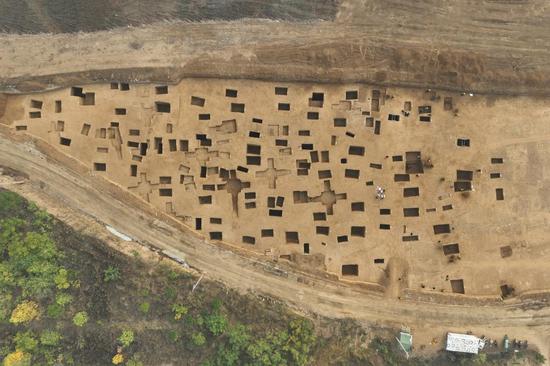


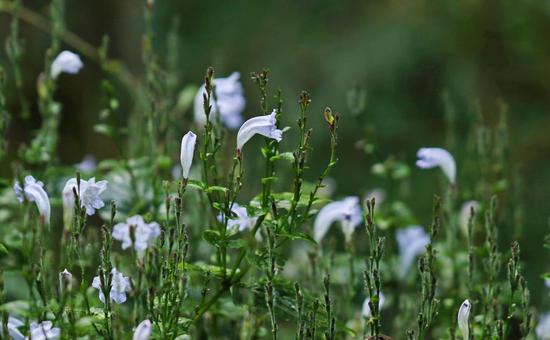





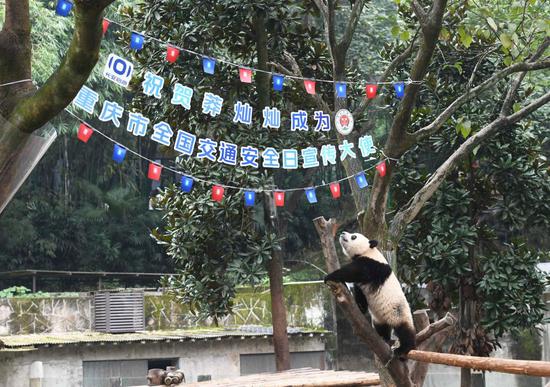








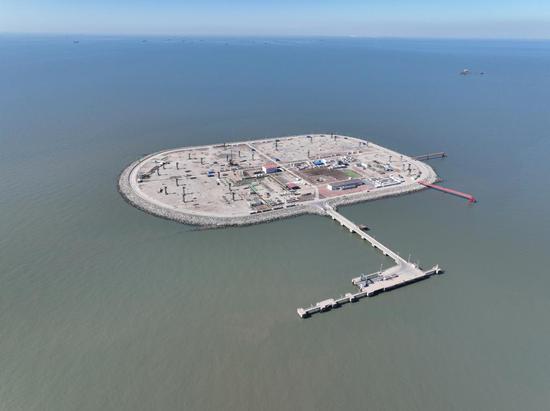






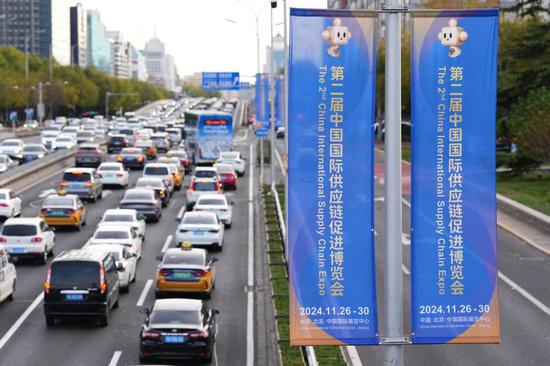





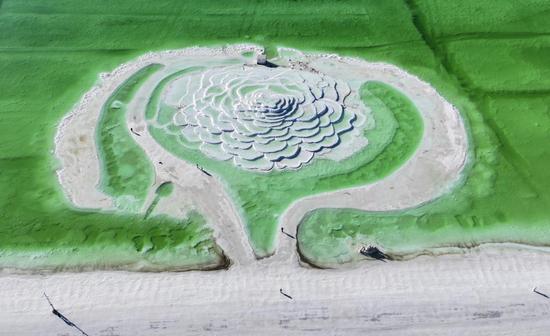


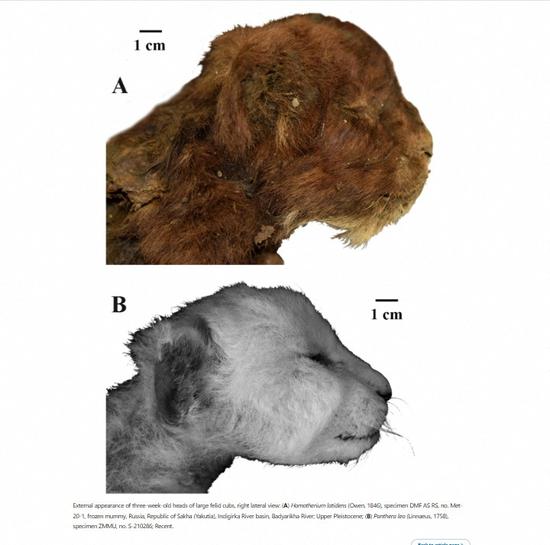





 京公網安備 11010202009201號
京公網安備 11010202009201號